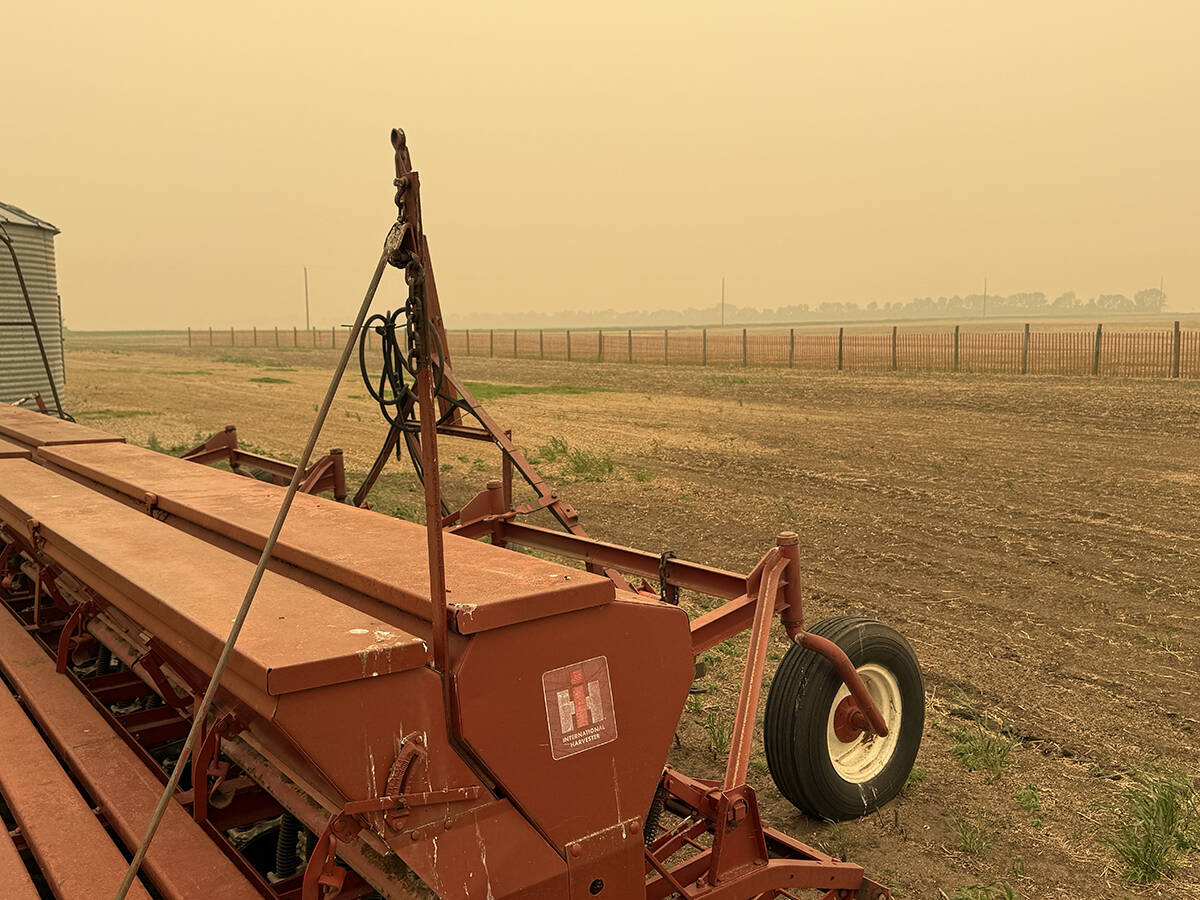Manitoba might become the king bean province, but the crop is also catching on in Saskatchewan. And Alberta has an established and growing acreage.
In a Saskatchewan Pulse Growers Association survey earlier this year, producers said they planned to double the area seeded to dry beans.
That would mean about 15,000 acres seeded this spring, mainly in the irrigated areas around Lake Diefenbaker, said Garth Patterson, association executive director.
“We are seeing interest and will see the industry grow, but it will be much smaller here,” he said.
Read Also

Wildfires have unexpected upside this year
One farmer feels smoke from nearby wildfires shrouded the July skies and protected his crop from the sun’s burning rays, resulting in more seeds per pod and more pods per plant.
Varieties better adapted to Saskatchewan conditions are needed first.
A key breeding goal is varieties that stand up and are easy to harvest, he said.
University of Saskatchewan Crop Development Centre breeder Bert Vandenberg is working on new varieties. When they come, Patterson believes the crop will become popular in the higher rainfall areas of the thin black soils immediately north of the Yellowhead Highway.
In 1997, Alberta seeded about 37,500 acres to colored and white beans.
Ed White, manager of Alberta Wheat Pool’s bean business unit at Bow Island, said he expects acreage to climb about six percent this year to 39,400 acres.
The crop’s status in Alberta is being influenced by the expansion of the Roger’s sugar plant at Taber, which is enticing farmers in the area to grow more sugar beets this year, he said.
“Also, it takes a while to get into beans here because they are all row cropped and irrigated,” he said.
Rotations must be observed to control disease and pests and established producers have run their rotations to the limit, he added.
As for markets, White said he’s watching the situation in South America. Brazil and Argentina appear to have good crops, but Chile’s production might be down.














